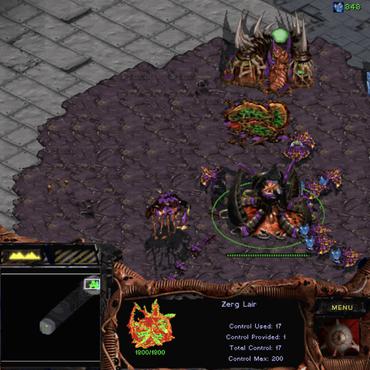Reinforcement Learning-based Application Autoscaling in the Cloud: A Survey
Reinforcement Learning (RL) has demonstrated a great potential for automatically solving decision-making problems in complex uncertain environments. RL proposes a computational approach that allows learning through interaction in an environment with stochastic behavior, where agents take actions to maximize some cumulative short-term and long-term rewards. Some of the most impressive results have been shown in Game Theory where agents exhibited superhuman performance in games like Go or Starcraft 2, which led to its gradual adoption in many other domains, including Cloud Computing. Therefore, RL appears as a promising approach for Autoscaling in Cloud since it is possible to learn transparent (with no human intervention), dynamic (no static plans), and adaptable (constantly updated) resource management policies to execute applications. These are three important distinctive aspects to consider in comparison with other widely used autoscaling policies that are defined in an ad-hoc way or statically computed as in solutions based on meta-heuristics. Autoscaling exploits the Cloud elasticity to optimize the execution of applications according to given optimization criteria, which demands to decide when and how to scale-up/down computational resources, and how to assign them to the upcoming processing workload. Such actions have to be taken considering that the Cloud is a dynamic and uncertain environment. Motivated by this, many works apply RL to the autoscaling problem in the Cloud. In this work, we survey exhaustively those proposals from major venues, and uniformly compare them based on a set of proposed taxonomies. We also discuss open problems and prospective research in the area.
PDF Abstract

